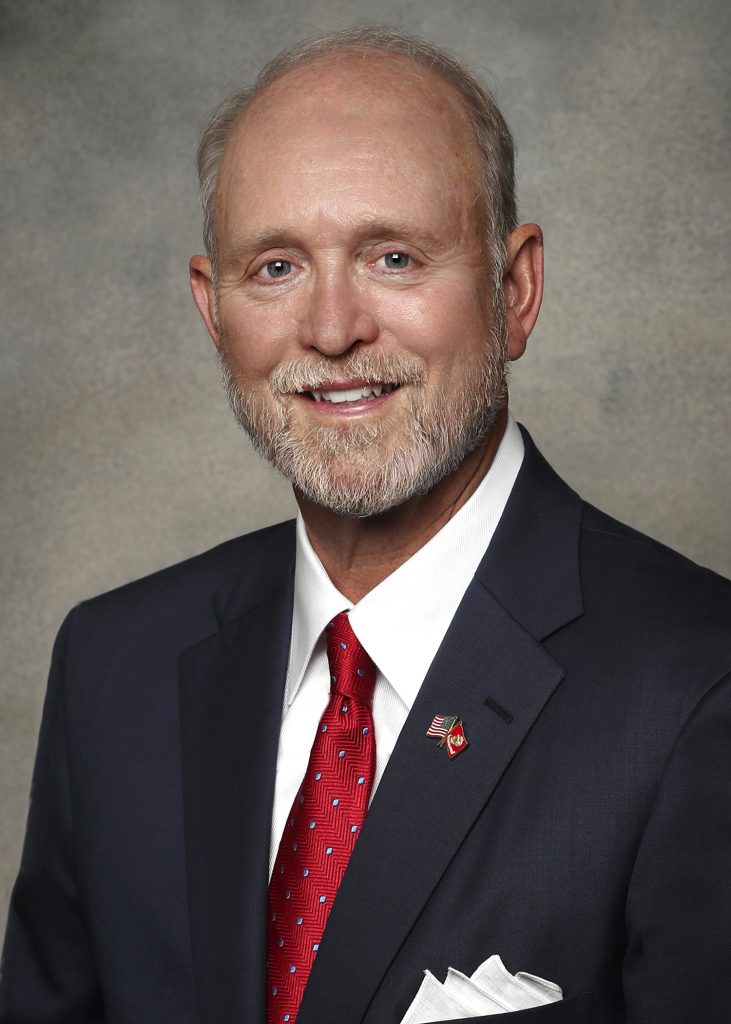A Message from VADA President and CEO Don Hall
April 2025
Of course, it’s not only automotive that has been consumed by talk of tariffs and economic unpredictability.
But ours is a big industry, employing millions of people with expensive products that touch most Americans. And so cars and trucks are at the center of the Trump tariff era.
Since the dawn of the franchise system a century ago, auto dealers have been through thick and thin, recessions and depressions, and periods of overwhelming uncertainty. Even if we don’t yet know how, we will get through this period—just as we have before.
For now, there is no question we are in for short-term pain for both the dealer and the consumer. President Trump’s 25% auto import tariff will increase already high prices on imported vehicles and parts. Whether the long-term potential benefits play out in the form of stronger domestic manufacturing and job growth remains to be seen. The tariffs are also coming at a time when dealer profits have eroded from a 2021 peak, when transaction prices and monthly payments are near record, and the percentage of customers with negative equity is rising. It’s not easy to buy a car, and it’s going to get even harder to sell them.
Our Virginia dealers have been out there telling the story to inquiring consumers and media.
Based out of Charlottesville, Carter Myers Automotive’s Liza Borches took to YouTube to share the 24-store dealership’s message to the consumers in the communities they serve. “We’re here to help when the time is right for you with the information you need to make your decision and the best care during and after your purchase,” she said. The video has been viewed nearly 1,500 times.
VADA Chair Dan Banister of Banister Automotive spoke to several news outlets in his Hampton Roads area, such as this spot on WVEC Channel 13.
Over at CBT News, Banister and Virginia dealers Cameron Johnson and Geoff Pohanka were interviewed by our friend Jim Fitzpatrick, and talked of “the long game” with tariffs, as did our friend and former VADA team member, the Kentucky Automobile Dealers Association’s Jason Wilson.
Industry friend Kevin Tynan of The Presidio Group also gave his take (be sure to hear directly from Kevin at VADA ‘25 in June).
The consensus among all of us is that, as in any other tumultuous period, dealers are adjusting their strategies and pricing models and will find ways to maintain profitability while building the right inventory mix for their consumers.
How do we know that? It’s because that’s what dealers have done for the last century: We get creative.
Here's what we know:
Leaders at NADA and VADA cannot make any predictions on what comes next, nor do we have any information that our members do not. The tariff situation is changing rapidly, and likely will have changed by the time I publish this column.
According to the Center for Automotive Research, the auto tariffs on foreign imports will increase U.S. automakers’ costs by an estimated $108 billion in 2025.
Dealers won’t have to touch tariffs as that process is handled by OEMs with U.S. Customs and Border Patrol. Manufacturers can choose to absorb all or some of the tariffs on their vehicles, while others may spread price increases among their models — and not necessarily on only affected models.
From the dealer standpoint, all you will likely see is an increased price on vehicles from the OEM. As always, they are allowed to increase the price of their vehicles, even above the tariff amount and can segregate the tariff cost onto a separate line if they desire.
It is likely OEMs will share information with dealers before we are informed. Estimates project the average vehicle price could stay the same or go up by $12,000 or more.
At VADA, we have been in communication with our peers at NADA, and their government affairs team is meeting with White House officials and Congressional leaders to express dealers’ significant concerns about vehicle pricing and how higher prices affect dealers’ financial health, vehicle availability, and consumer choice and affordability.
Our industry is bracing for a shakeup, but dealers have always adapted, found new ways forward, and kept their communities moving. Let’s stay focused and connected and continue to do what we’ve done for over a century: serve our customers, support our teams, and drive forward no matter what lies ahead.


